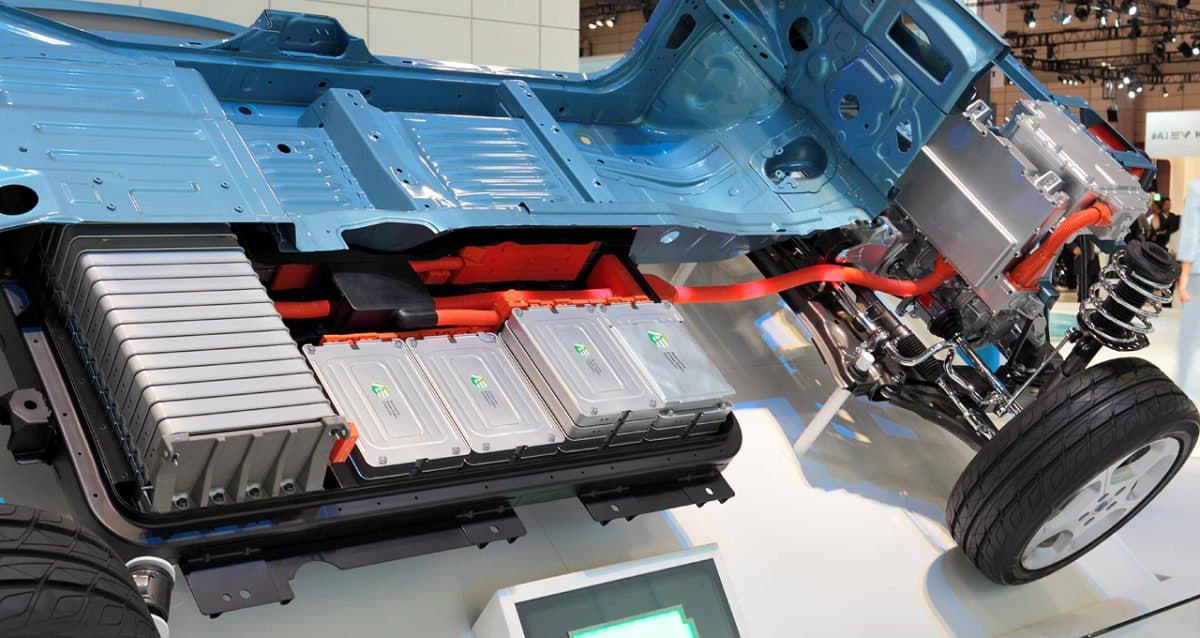The detractors of the electric batteries they can put your heart at peace. A few weeks ago a study showed how electric cars are more environmentally friendly and convenient than those with internal combustion engines. Even when its energy comes from traditional sources.
Today a new study shows that exhausted batteries (the subject of the doubts of the last skeptics) can return to new life, with much less waste and pollution.
Solar farms could offer a second life for electric vehicle batteries. A study shows that battery reuse systems could be profitable for both electric vehicle companies and grid-scale solar operations.
The future has arrived. Electric vehicles will rapidly grow in popularity around the world, and soon there will be a wave of used batteries whose performance will no longer be sufficient to ensure reliable acceleration and range.
Skeptics about the electric future of the car focus precisely on this detail. “And what happens to the batteries then? Nothing but an ecological choice!”. Except then relying on the internal combustion engine, a remnant of the oil age, and therefore of the stone.
This new study removes yet another argument from reactionary temptations. It demonstrates that spent electric car batteries can still have a useful and profitable second life as backup storage for grid-scale photovoltaic installations. And they can perform this less demanding role for over a decade after “retiring” from an automobile.
I study, published in the Applied Energy magazine, was led by six MIT researchers, including Ian Mathews and Tonio Buonassisi, head of the photovoltaic research laboratory.
What the research consisted of
As a model, the researchers examined in detail a hypothetical solar farm connected to an electricity grid. The team studied the economics of different scenarios. Primo, build a 2,5 megawatt solar farm. Secondo, construction of the same type of solar farm combined with a new lithium-ion battery storage system. Third, building a solar farm while also using EV batteries that had fallen below the point where their capacity is considered too weak for use in a vehicle.
The most interesting thing is that a properly managed system of used EV batteries could also be profitable, as long as the value of these batteries drops to less than 60% of their original price.
How do you “resurrect” batteries?
The process may seem simple, and it has already been implemented in smaller-scale projects, but expanding it on a network scale isn't that simple, the researchers explain. “There are several technical issues to address. How do you put batteries from different cars together so you know they will work well and you won't have one battery that is much more discharged than the others, dragging down system performance?".
This also makes us understand how the electric car system must grow on solid foundations and taking into account the pluses of previous experience based on internal combustion engines. Just to say, petrol is a “standard”. Apart from a few differences, today all engines are filled with the same petrol.
Why not create a battery standard? Same density, maybe modular, similar dimensions and more. Only in this way will it be negligible to swap or "recycle" used batteries for other uses.
A recent report from McKinsey Corp. shows that as demand for backup storage for renewable energy projects grows between now and 2030, second-use EV batteries could potentially meet half of that demand. Some electric vehicle companies, including Rivian, are already designing their batteries specifically to make this “transition to new life” as easy as possible.
Exhausted batteries: how long will they last?
Another unknown factor is how long the batteries can continue to function usefully in this second application. The study made a conservative assumption that batteries would be retired from service after declining to 70% of their rated capacity, from their initial 80% (the point at which they were retired from EV use). But it may be, Mathews says, that continuing to operate at 60% capacity or even lower could prove safe and worthwhile.
“Many states are really starting to see the benefits that storage can provide,” Mathews says.


